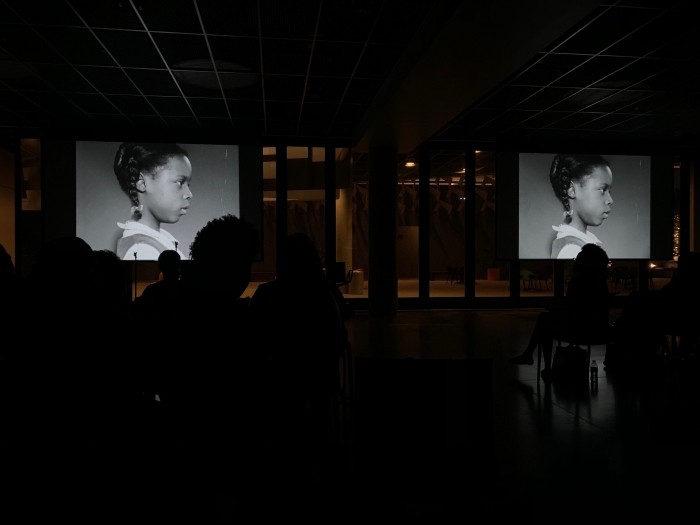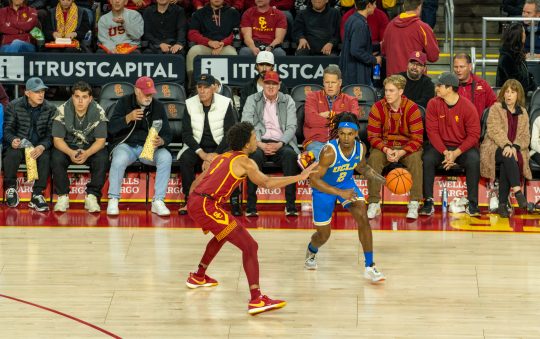

For many years, Stacy Milner, former executive assistant to the chairman of NBC and then to the chairman of Paramount Pictures, has devoted herself to increasing ethnic and cultural diversity in the entertainment industry. In 2010, she founded the Entertainment Industry College Outreach Program (EICOP), a recruitment initiative designed to channel students of color – primarily HBCU and Hispanic-serving institution graduates – into careers in this predominantly White field.
According to UCLA’s 2019 Hollywood Diversity Report, only 27 percent of all film roles in 2017 were filled by non-Whites. Only 13 percent of all film directors were people of color, and less than 10 percent of all film writers were people of color. While minorities took up a larger proportion of show creators in 2017, than in previous years, they still lag far behind proportionate representation.
Armed with years of experience and knowledge of Hollywood politics, Milner knew just what needed to be done in order to increase diversity.
During her time at NBC and Paramount Pictures, Milner saw first-hand how young talent would enter the inner-circle of the Hollywood elite by completing internships, and thus, gaining access to major companies and industry veterans. She realized that the industry was looking primarily toward big-name institutions with major film programs, such as USC, to recruit new talent – which is no surprise given that USC’s film school was created through a joint venture with the Motion Picture Academy, and many of its founding faculty members were also Academy members.
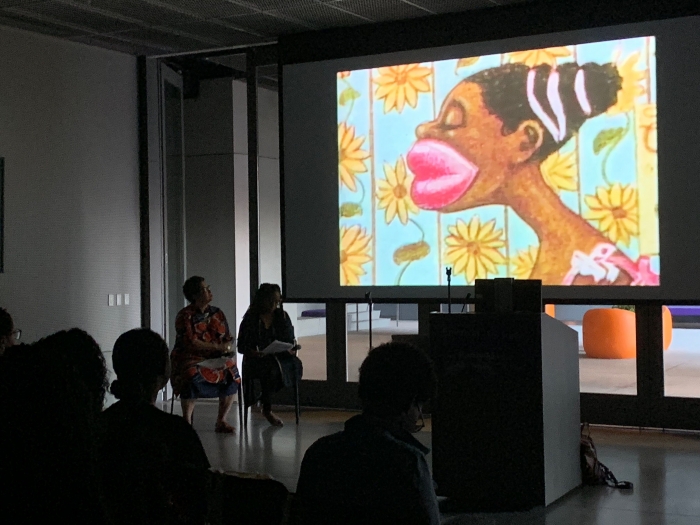
Hollywood was simply not giving the same level of consideration to students of HBCUs because it did not have nearly as close a relationship with those institutions as with more prestigious cinematic arts schools, such as Morehouse College, producing Oscar Award-winning director, Spike Lee or Oscar-winning costume designer, Ruth Carter and Emmy award-winning casting director, Robi Reed, both graduates of Hampton University. Thus, Milner launched through EICOP a Los Angeles-based program to begin building up that relationship: the HBCU in LA Internship Program.
“All I did with this program is took them back to their roots and said, ‘You’ve invested in these other institutions, let’s now invest in the talent in the institutions of our nation’s HBCUs,” she said.
Each summer, the program selects a small group of students pursuing careers in the entertainment industry to travel to Los Angeles for an intensive educational and training experience. This includes an eight- to-10-week internship at a major studio, network, talent agency, or production company, as well as mentoring from industry professionals.
“We are creating a pipeline of talent that will consistently flow into the industry,” Milner says. “And the more students of color we have working behind the scenes of the industry, the more students of color [who]] will be within those workforces.”
At HBCU in LA, students are encouraged not only to reach for their own success but to raise-up other students of color behind them.
“My goal is to have these students dotted all over the industry and they can then speak and say, ‘We want to have an HBCU student as one of our interns,’” says Milner. “That way, we’ll just keep the pipeline coming.”
In addition to the internships, classroom instruction is a key component of the program. Milner often invites guest lecturers to speak to the students, giving them direct insight into the inner-workings of Hollywood.
On July 10, HBCU in LA interns gathered at Emerson College Los Angeles, located in the heart of Hollywood, for an exclusive presentation titled, “Inside The Frame: Exploring The African American Cinematic Narrative.” The presentation was delivered by Ina Archer and Torell Taylor, two filmmakers who work for the Smithsonian National Museum of African American History & Culture. Archer serves the museum as a Media Conservation and Digitization Specialist while Taylor works as a film programmer.
Their goal was to educate the interns about the history of African American representation in film and to spark conversation about how to avoid reiterating problematic narratives. They showed and discussed films spanning over a century in their release dates, from “Birth of a Nation” to “Black Panther.”
During her talk, Taylor asked students to think critically about deeply entrenched tropes and narratives about African Americans that have persisted through film and television, even up to the present day. She showed a short clip from Marlon Riggs’ 1986 Emmy-winning documentary “Ethnic Notions,” which traces the disturbing history of well-worn caricatures such as Toms, Coons, Mulattos, Mammies and Bucks.
From there, the presenters highlighted several examples of African American actors and filmmakers throughout history who successfully resisted those stereotypes in order to tell their stories authentically.
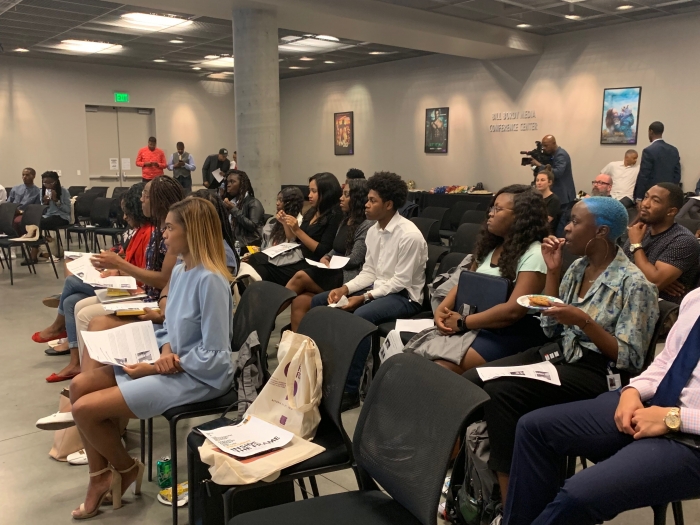
Key figures and organizations included Oscar Micheaux, a director and independent producer whose 1920 film, “Within Our Gates,” directly countered “Birth of a Nation” ; the Lincoln Motion Picture Company, which was the first producer of race films; Francine Everett, an actress who appeared in several race films in the 1940s and refused to play stereotypical roles; the NAACP, which in 1942 created standards for Hollywood studios to employ more African American performers and to stop portraying derogatory racial roles; and Pearl Bowser, who spent years archiving visual and oral histories related to Black filmmaking. Archer and Taylor also touched on distinctive eras in Black cinematic history, including the LA Rebellion Film Movement, the 1970s Blaxploitation, and the 1990s Black New Wave.
As the presentation ended, Archer offered a few last words of wisdom to the interns.
“The time to think about maintaining your work is as you’re doing it,” she said. “Start to archive your own work, think about where it’s going to be and how it will go forward in history for the next group of people to see.”
This was a timely piece of advice, as the students are currently working on their own short film projects, which will be presented on August 6 in a screening hosted by SAG-AFTRA. As they continue forward in their filmmaking journeys, Milner hopes they will constantly recall their history and strive to tell stories that have yet to be told.
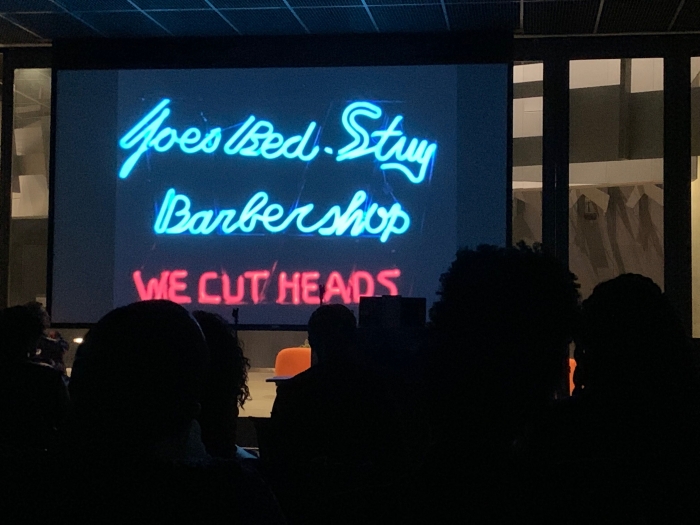
“I hope they took away the importance and the value of seeing their history and how they can continue the legacy and continue to make our films and tell our stories,” Milner says. “Because no one’s going to tell our story like us.”
Of the 45-students who passed through the HBCU in LA program during its first two summers, 10 have already landed jobs in the entertainment industry. Milner eventually hopes to expand it into a semester-long program, so that students may participate in internships and earn film studies credit during the school year.
In the meantime, she is focused on ensuring that the 30 students enrolled in HBCU in LA this year, have the best chance of success possible in any entertainment-related career they desire. As early as within the next five years, she hopes the industry might start to look much more colorful.



